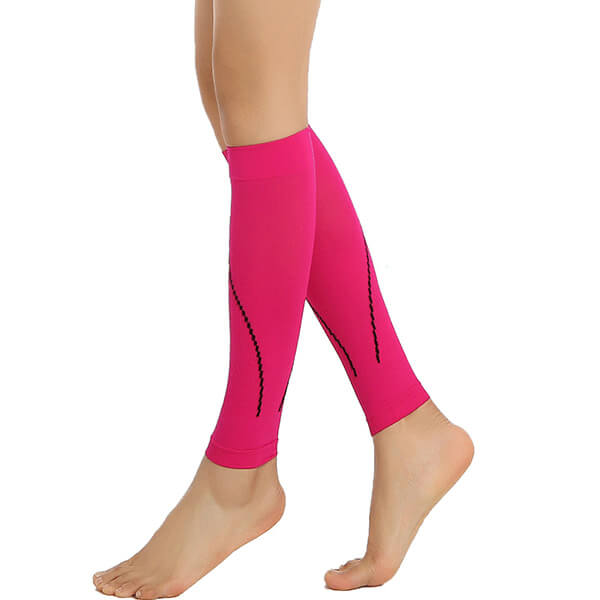Tous les objets de notre vie quotidienne ont trois dimensions. Les matériaux sont formés d'une longueur, d'une largeur et d'une profondeur.
En réalité, le domaine du textile traditionnel traite également de matériaux ayant une profondeur, mais comme ces profondeurs sont négligeables par rapport à leur longueur et à leur largeur, les ingénieurs de fabrication textile traditionnels considèrent presque tout comme un matériau 2D. Tous les calculs et toutes les approches de recherche et de développement sont presque en 2D, la plupart d'entre nous ignorant simplement l'axe z ! Au Bangladesh en particulier, l'approche générale des professionnels du textile est toujours bidimensionnelle.
Pour simplifier le processus de travail, les ingénieurs et les professionnels du textile ont utilisé le "poids par unité de surface" du matériau pour définir et communiquer leurs matériaux. Mais dans une réalité toujours plus contraignante et dans le cadre de l'évolution des technologies, associée à des changements dans les choix des consommateurs, l'importance de l'axe z augmente de jour en jour. Le fabricant de textiles ne peut jamais l'ignorer.
Transformer des matériaux 3D en objets 2D pour simplifier la communication et le processus de recherche n'est plus digne d'intérêt. Cela revient à emprunter une voie difficile et à en rester incapable. En fait, les professionnels n'ont besoin que d'un changement d'état d'esprit. Percevoir les technologies 3D n'est pas du tout difficile. Les entreprises et les établissements d'enseignement doivent simplement en comprendre l'importance et l'intégrer dans leurs priorités.
Le textile en 3D n'est pas une nouveauté. Les procédés traditionnels de fabrication de textiles, à savoir le tissage, le tricotage et les technologies non tissées, sont utilisés sous différentes formes pour développer des matériaux en 3D. Ces technologies sont utilisées pour fabriquer des organes humains ou des moteurs d'avion. L'émergence de l'impression 3D a permis de passer à un autre niveau. Aujourd'hui, l'homme peut fabriquer n'importe quel objet à l'aide des technologies 3D, en particulier l'impression 3D.
Lorsque la technologie a évolué à ce point, les matériaux textiles traditionnels tels que le tissu, les accessoires et les garnitures ont également été modifiés. L'utilisation de la technologie du tricotage en chaîne pour fabriquer des vêtements prêts à porter entièrement façonnés et l'utilisation du feutrage non tissé pour développer des matelas sont désormais assez anciennes. Les tissus multicouches utilisés dans le domaine du sport et à d'autres fins fonctionnelles font appel à une approche différente de l'ingénierie. Des idées de fabrication sophistiquées en 3D de haute technologie sont utilisées pour fabriquer de nombreux accessoires qui sont utilisés dans les vêtements de mode. De nombreuses technologies de tissage, de tricotage et d'impression, ainsi que les produits qu'elles produisent et qui sont utilisés dans les vêtements de mode, ne sont plus fabriqués uniquement à l'aide de systèmes 2D traditionnels.
Les concepts de base du développement des matériaux composites sont appliqués à la fabrication, au développement et à la modification des tissus et accessoires textiles traditionnels. Alors que le secteur de l'ingénierie exige des matériaux légers mais des matériaux à haute résistance à la traction et autres, l'industrie de la mode exige la fonction, le confort, l'esthétique et le look. De nos jours, les créateurs peuvent choisir n'importe quoi. Et pour les rendre uniques et nouveaux, de nombreux fabricants du monde entier utilisent des approches 3D sophistiquées et de haute technologie pour produire des matériaux pour les produits de la mode également. De nombreuses robes présentées lors des semaines de la mode organisées dans les capitales de la mode (Paris, Milan, Londres) ont utilisé des matériaux textiles 3D.
Ainsi, si les professionnels du textile sont suffisamment intelligents pour faire l'effort de percevoir les technologies 3D, ils seront en mesure d'explorer des opportunités à la fois dans l'industrie de la mode et dans tous les autres domaines des textiles techniques et de l'ingénierie. Les entreprises et les instituts de formation doivent aller de l'avant en construisant leur infrastructure pour les textiles 3D. Les métiers à tisser, les machines à tricoter, les technologies non tissées et les technologies d'impression 3D doivent faire l'objet de recherches et d'un suivi afin de trouver des débouchés commerciaux pour les fabricants bangladais. Les instituts d'enseignement doivent mettre l'accent sur ce point, car la demande de matériaux 3D augmente très rapidement. Il ne fait aucun doute que les matériaux textiles en 3D ont un avenir prometteur.










